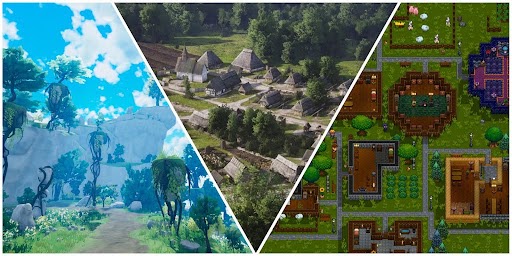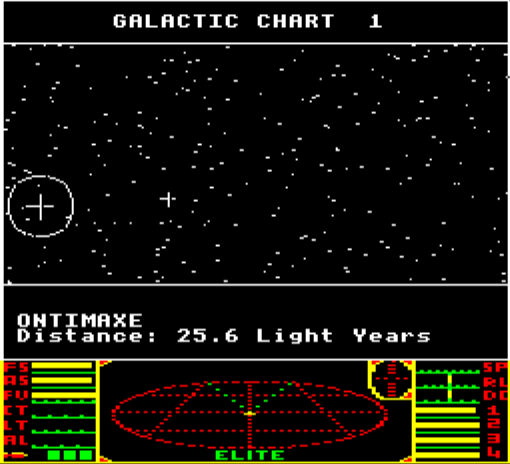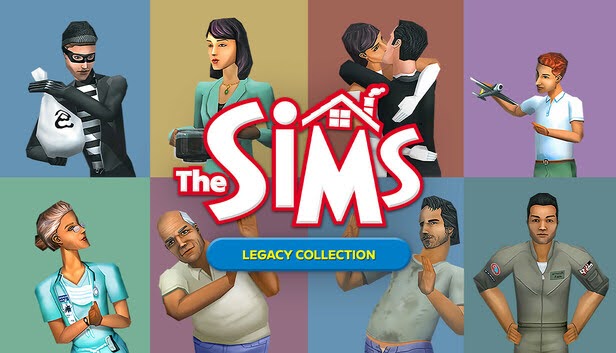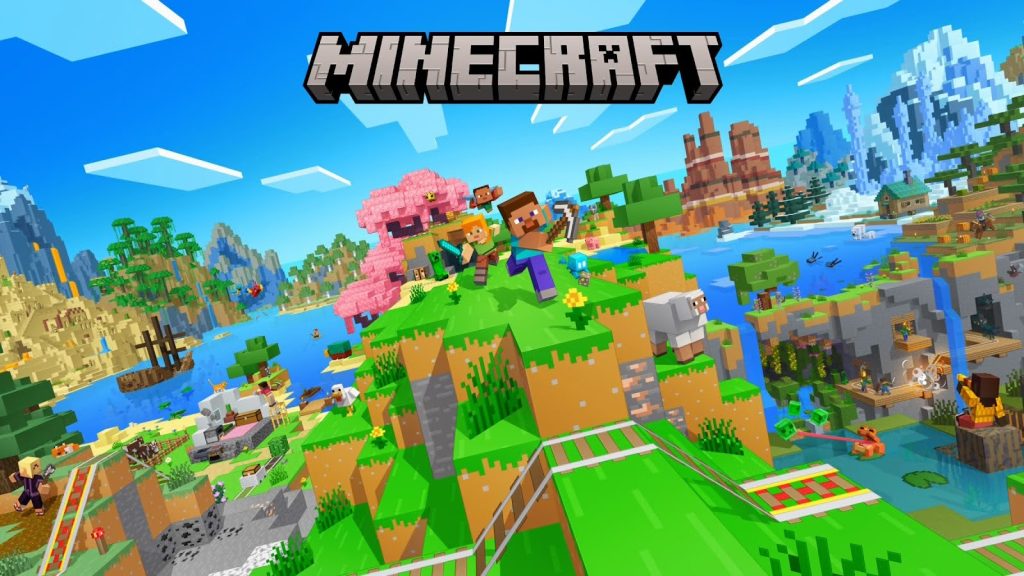
Open-world games are becoming increasingly prevalent, from titles like Red Dead Redemption, Elden Ring, and Tears of the Kingdom. I see dozens of lives of people playing GTA and Minecraft in my TikTok feed daily. It brings to my mind a subset that has been rising in popularity/innovation since the early 2000s: Sandbox games. Interactive environments with non-linear gameplay. They’ve been steadily growing larger and larger over time…
What is a sandbox game?Endless imagination. That is what sandbox games are all about. By definition, a sandbox is a game that sets the player in a large virtual world without the linear path of other games, encouraging player creativity and freedom. The key features of sandbox games are the open worlds, multiple side activities, freedom of choice/gameplay, and most of the time some sort of crafting or building system. Now while all sandboxes are open worlds, not all open worlds are sandbox games. Open-world, that is open-world games, are non-linear, explorable settings with a plot you can jump in and out of, but they lack the tools to transform the world around the player. Games like Garry’s Mod, Terraria, and No Man’s Sky are considered sandboxes because they have such tools, while other games like The Witcher, Elder Scrolls, and Fallout are just open-world simulators.
Sandboxes have grown in popularity over the years, as well as in quality. How have they evolved? Where are we going next? Using four of the earliest and most popular sandbox games, we can explore those questions.
1. Elite (1984)


2. The Sims (2000)

The game provided, and still provides with more games being released, a game freedom that was unlike those before it. This non-linear gameplay gave rise to the idea that games don’t need a mission to be fun. Player-driven experience with no goals whatsoever, an interactive environment with the opportunity to create whatever and whoever they want. The Sims brought the elements of creativity and imagination into the virtual world of sandbox games, expanding on the base that games like Elite built.
3. Grand Theft Auto III (2001)

This version of the game also introduced something impressive to the sandbox gaming world: a physics engine that was unlike the previous GTAs, being more realistic at the time. This allowed for more dynamic collisions and interactions with the virtual world while also allowing for limited barriers, fewer invisible walls to limit movement through the city. Players had the options and drive to roam around and see what chaos they could create with this new game freedom. By encouraging this experimentation in a reactive world, GTA III quickly became a cultural phenomenon in the gaming community, reaching the title of the highest-selling game in 2001. It’s innovations in gameplay not only redefined the open-world games genre, but it also changed how It’s safe to say that this game changed the world’s perspective on sandboxes.
4. Minecraft (2011)

Why is Minecraft so popular/innovative?
Since its release, it has become the best-selling sandbox game, and any game, in the world. And it continues to grow with updates and more content added every year or so, while also keeping to the simple basics of the sandbox; freedom, creativity, and exploration. Due to its ability to empower players with game freedom, it becomes even more popular. Offering that enticing non-linear gameplay, complete with no missions or anything telling the player what to do or where to go, they are free to create and build to a boundless limit. Whether its building grand fortressses or exploring uncharted biomes, Minecraft is the perfect endless playground where the boundaries are up to the player. The perfect sense of what a sandbox game should be.It also became one of the definitive sandbox games due to its collaboration aspects, building a community to share in the fun. The game’s interactive environments allow for a sense of discovery and cooperation, something to be enjoyed collectively. Show off to your friends or challenge them to expansive builds, the choice is up to the player and their friends. While other sandboxes have the same creative tools, or something similar, Minecraft stands apart due to its massive scale, accessibility, and the strong sense of community it fosters. It is without a doubt, one of the definitive sandbox games of our time.
What Could We See Next?
Of course, as technology continues to evolve, the sandbox genre will likely see a significant shift. One such venue is virtual reality. Promises to immerse players into sandbox worlds. To be able to physically walk around and interact with your creations. Developers have already adapted popular sandbox games like Minecraft, No Man’s Sky, and Roblox into VR. Another path for games to take is artificial intelligence. It could be used to generate responsive environments, like the procedural generation of Elite, much quicker. And with AI images, the world’s created could come with a stunning design within minutes. However, with the current atmosphere surrounding AI and its use in media, that kind of development might take longer. Or it may never come to be.
Looking at the milestones that sandboxes have achieved, it’s clear that the genre is just like its players: Boundless in imagination, creating new worlds that only continue to grow. From the pioneering goals of Elite to the world-building capabilities of Minecraft, sandboxes have grown to accommodate the creativity of their audience. As technology advances, it’s exciting to think of what lies in store for sandbox games. VR, AI, brand new physics to explore. And as players, we’ll be along for the ride.



